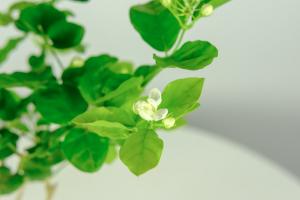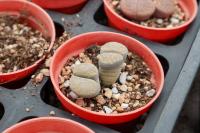1、 Causes of ponding and root rot
1. Tray ponding: in the process of watering most plants, the principle of "watering is thorough". This can easily lead to the accumulation of excess water at the bottom of the basin after watering. Especially potted plants with trays at the bottom are more prone to this situation. If the water in the tray is not treated in time, the air permeability of the flowerpot will be affected, and rotten roots will appear after a long time. It is necessary to pour out the excess water in time or use a large syringe to extract the excess water from the tray
2. The gap between the bottom bracket and the flowerpot is too small: the gap between the bottom bracket and the flowerpot is too small, which leads to poor air permeability of the flowerpot, and it is also prone to excessive ponding, resulting in rotten roots of the plant. The bottom can be padded with a bottle cap or a flat small object to increase the air permeability of the bottom
3. Poor soil permeability: poor soil permeability and drainage performance can easily lead to serious ponding in the basin and rot of plant roots. It is necessary to replace the flower soil in time and replant it for maintenance
4. Watering too much: if watering too much, it is difficult for the plant to fully absorb, and ponding is easy to appear in the basin, resulting in rotten roots of the plant
5. Large basin and small flowers: if the basin is much larger than the plant, the basin soil will be in a state of ponding for a long time, resulting in root rot

2、 Treatment method of stagnant water and rotten roots
1. Pruning rotten roots and replanting: dig out the roots and cut off the rotten parts of rotten roots. Then disinfect, dry the flower soil, and then replant for maintenance. This situation applies to plants whose roots have not yet rotted, such as Clivia and orchid
2. When the roots of cuttings are not cut and the leaves cannot be reused, the cuttings can be reused. This method is suitable for plants such as succulent, watercress green, geranium, four seasons Begonia and so on

3、 How to judge stagnant water and rotten roots
1. Basin soil: after watering in sunny weather, wait until the next day to observe the basin soil. If the basin soil is dry and slightly white, the root is normal; If the basin soil is still wet, rotten roots may have appeared. If the basin soil remains wet for 2-3 days, it indicates that most of the roots have rotted
2. Leaf color: if the leaves of the plant lose their green luster and turn gray white, or the leaves of the plant droop and wilt, or a large number of leaves turn yellow and fall off, it indicates that the plant has rotten roots
3. Leaf shape: the leaves of the plant are wrinkled and deformed longitudinally, which also indicates that the root system of the plant has rotten roots


 What is the reason f...
What is the reason f... The "money tree...
The "money tree...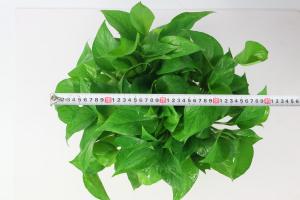 What is the reason f...
What is the reason f... Will the green pinea...
Will the green pinea...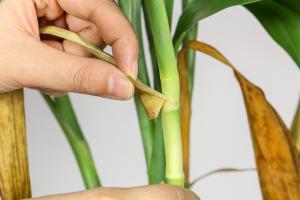 Why does Fuguizhu ha...
Why does Fuguizhu ha...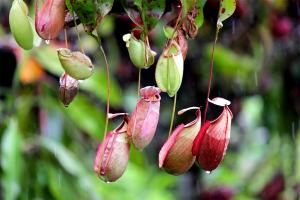 What about the rotte...
What about the rotte...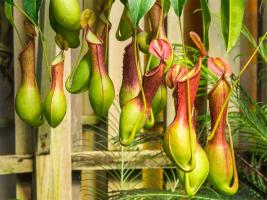 Characteristics of r...
Characteristics of r...




